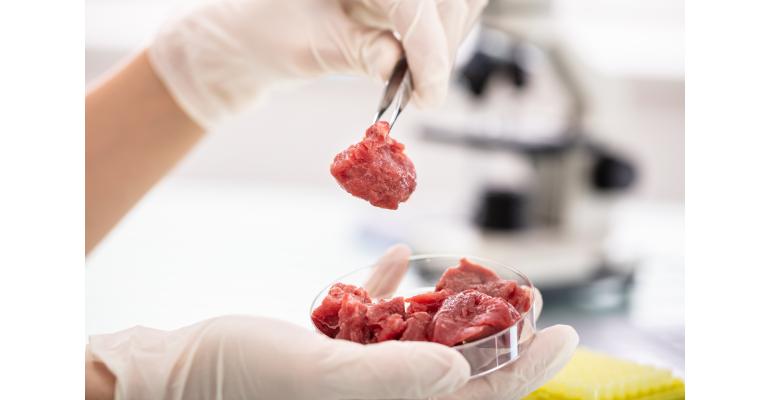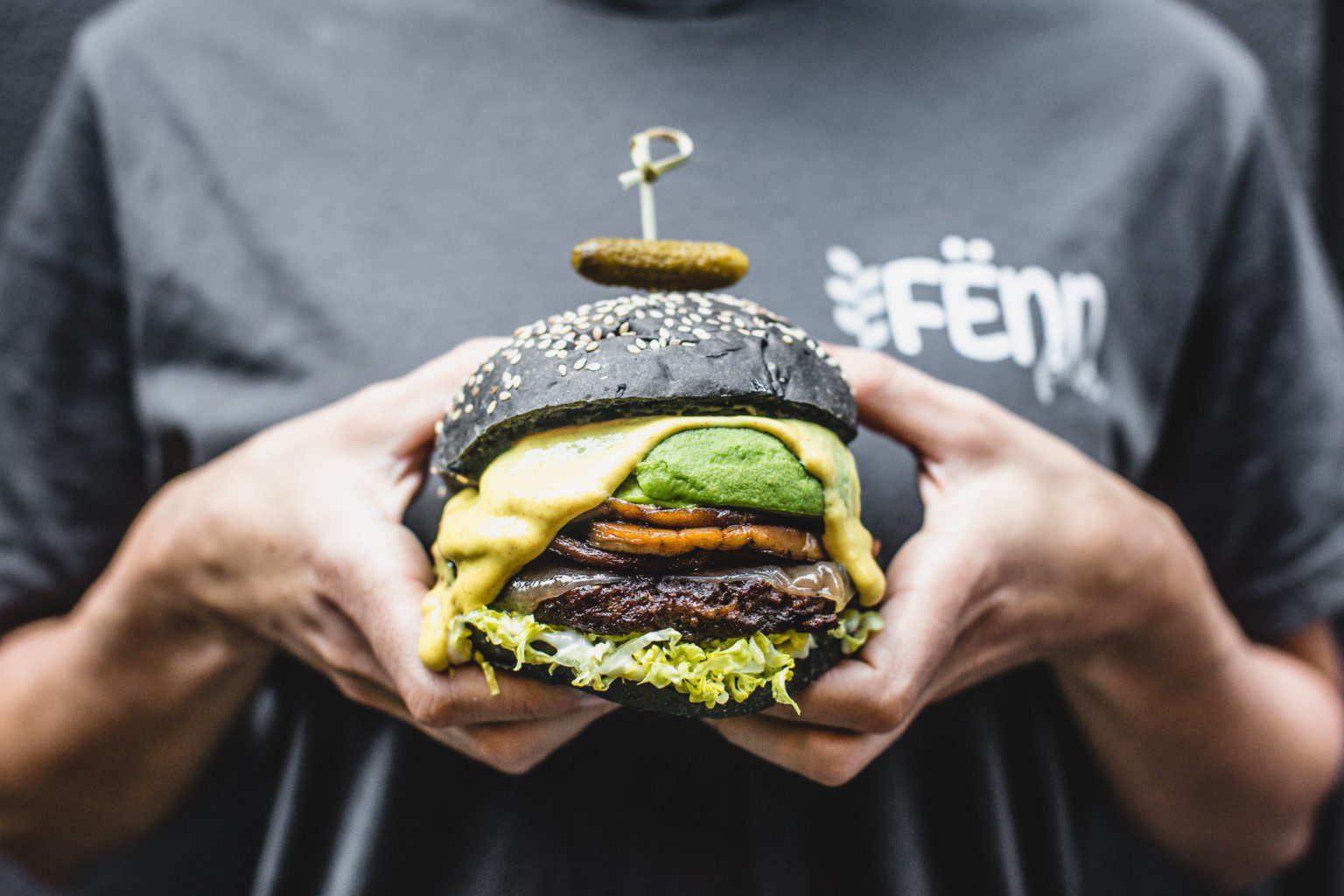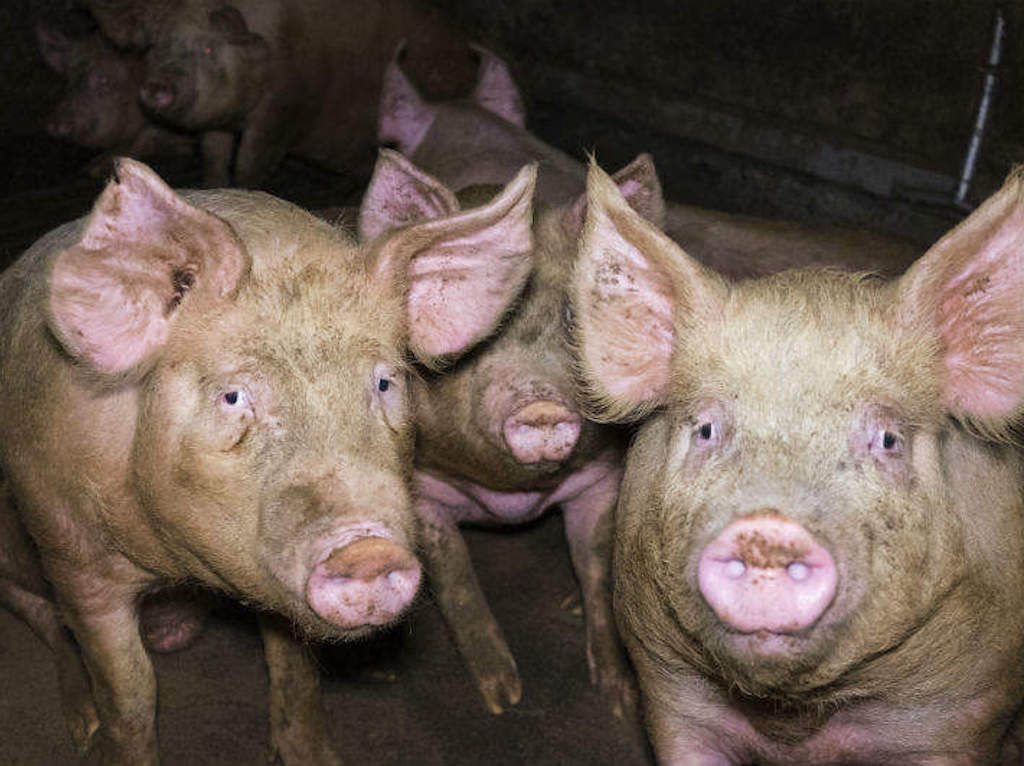Michael K. Saad, John S. K. Yuen Jr, Connor M. Joyce, Xinxin Li, Taehwan Lim, Talia L. Wolfson, Justin Wu, Jason Laird, Sanjana Vissapragada, Olivia P. Calkins, Adham Ali & David L. Kaplan
Abstract
Cell-cultivated fish offers the potential for a more ethical, sustainable, and safe seafood system. However, fish cell culture is relatively understudied in comparison to mammalian cells. Here, we established and characterized a continuous Atlantic mackerel (Scomber scombrus) skeletal muscle cell line (“Mack” cells). The cells were isolated from muscle biopsies of fresh-caught fish, with separate isolations performed from two distinct fish. Mack1 cells (cells from the first isolation) were cultured for over a year and subcultured over 130 times. The cells proliferated at initial doubling times of 63.9 h (± 19.1 SD). After a spontaneous immortalization crisis from passages 37–43, the cells proliferated at doubling times of 24.3 h (± 4.91 SD).

A muscle phenotype was confirmed through characterization of muscle stemness and differentiation via paired-box protein 7 and myosin heavy chain immunostaining, respectively. An adipocyte-like phenotype was also demonstrated for the cells through lipid accumulation, confirmed via Oil Red O staining and quantification of neutral lipids. New qPCR primers (HPRT, PAX3B, MYOD1, MYOG, TNNT3A, and PPARG) were tailored to the mackerel genome and used to characterize mackerel cell genotypes. This work provides the first spontaneously immortalized fish muscle cell line for research, ideally serving as a reference for subsequent investigation.
** Click here to read the full-text **









